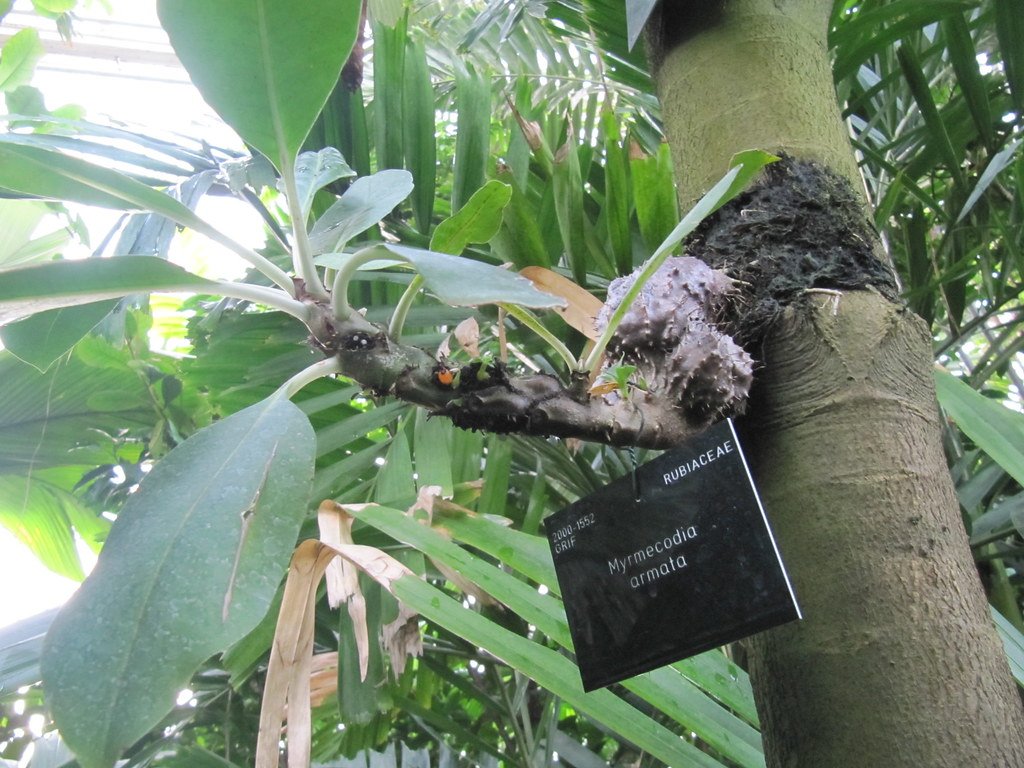Imagine a world hidden within the hollow stem of a plant—a bustling metropolis of ants, secret tunnels, nurseries, and an intricate exchange of life’s essentials. This isn’t a scene from a science fiction novel, but a real phenomenon unfolding in rainforests, jungles, and even your local botanical garden. Ant plants, or myrmecophytes, have evolved alongside ants in one of nature’s most intimate partnerships. These living alliances are so remarkable that they seem almost magical: plants grow specialized chambers for ants, and in return, ants fiercely defend their plant homes and fertilize them from the inside out. The wild mutualism that grows inside their stems is a testament to how life finds astonishing ways to survive—and thrive—together.
What Are Ant Plants? Nature’s Living Skyscrapers
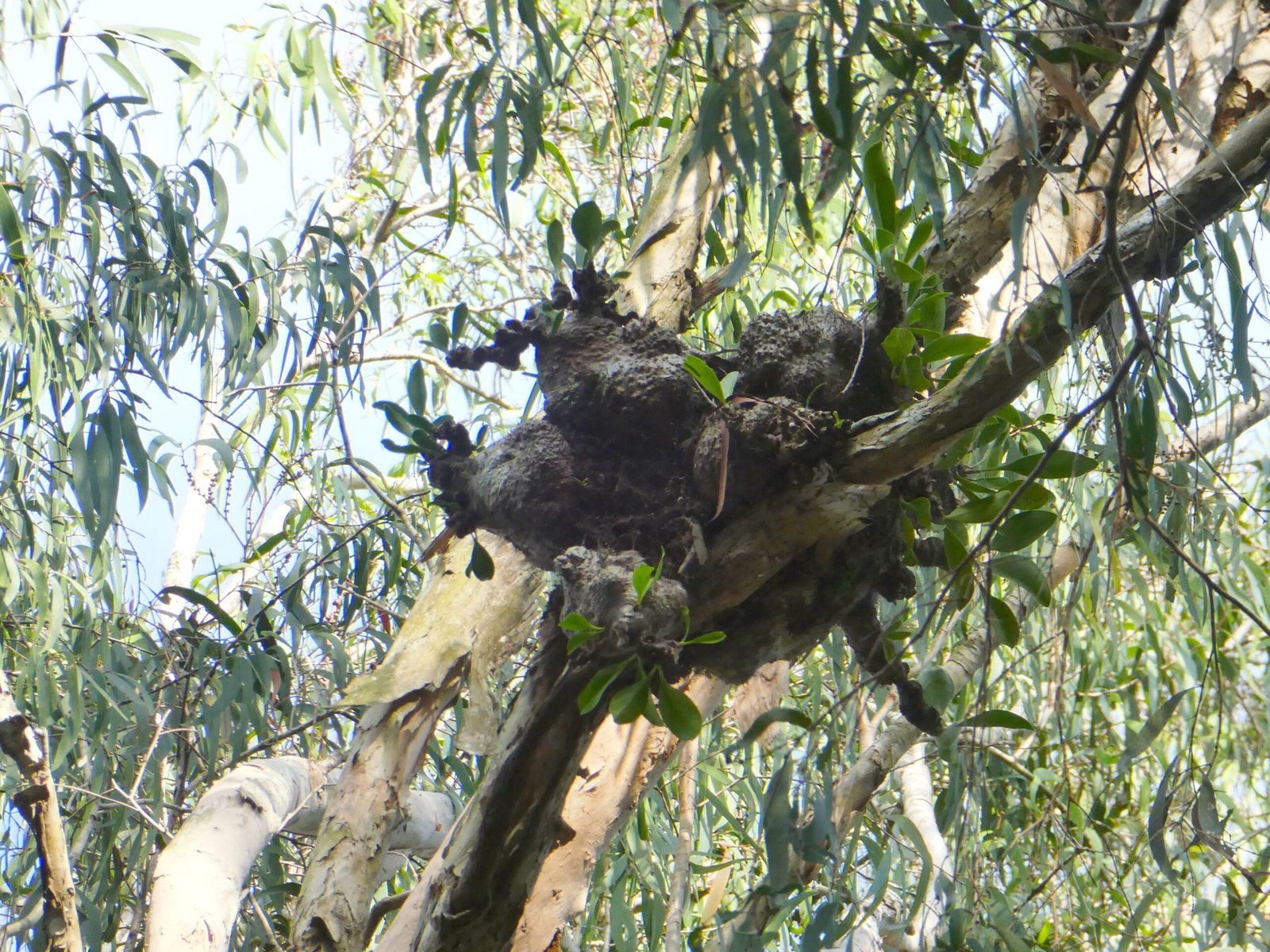
Ant plants, known scientifically as myrmecophytes, are not just ordinary greenery. They are specially adapted species that form tight-knit relationships with ants. These plants have evolved unique structures—swollen stems, hollow thorns, or even bulbous roots—that act as living homes for entire ant colonies. Imagine the inside of a cactus or tree trunk transformed into a miniature city, complete with passages and chambers. These architectural marvels are so well-designed that they seem tailor-made, and in many ways, they are: generations of natural selection have shaped them for this very purpose.
The Secret Architecture: Hollow Stems and Domatia
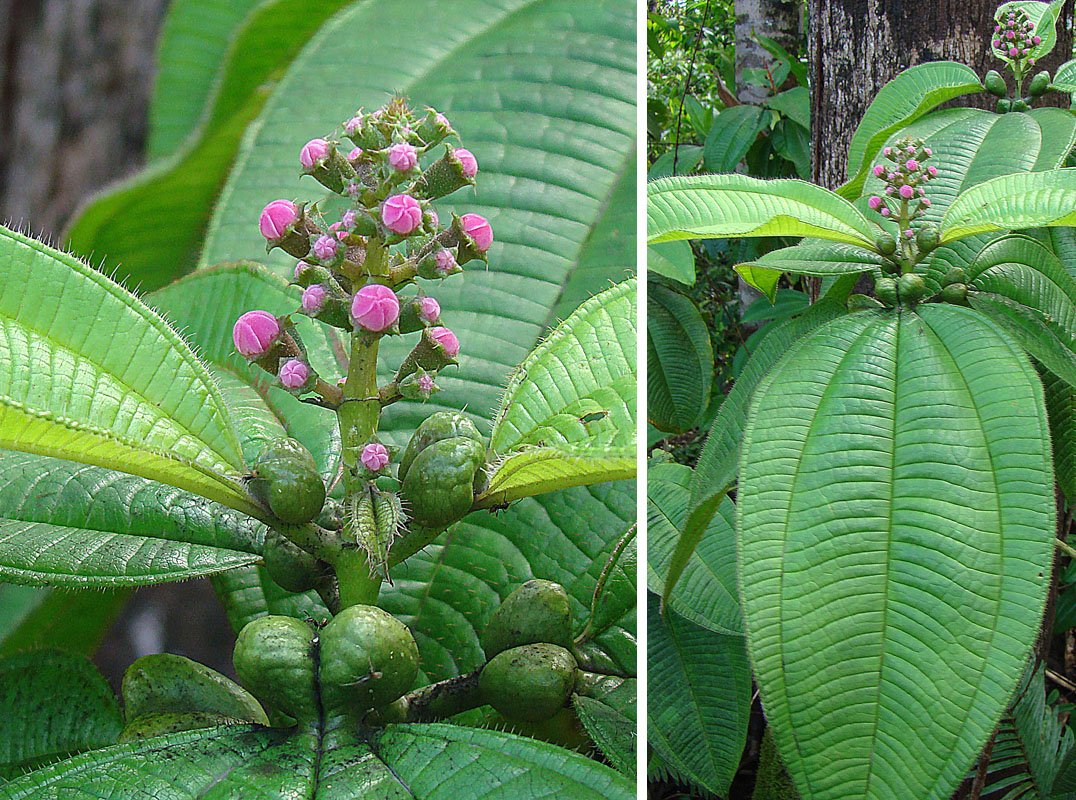
One of the most striking features of ant plants is their domatia, which are specialized chambers or cavities inside the plant. These spaces aren’t random; they’re carefully crafted by nature to house ant colonies. Some, like the famed “ant acacias,” have bulbous thorns, while others, such as certain Dischidia and Hydnophytum species, develop swollen, tuberous stems filled with winding tunnels. The plants don’t just stop at offering shelter—they build their homes to protect their ant guests from predators, rain, and harsh sun, creating a fortress that is both safe and strategically placed.
How Ants Move In: The Start of a Wild Partnership
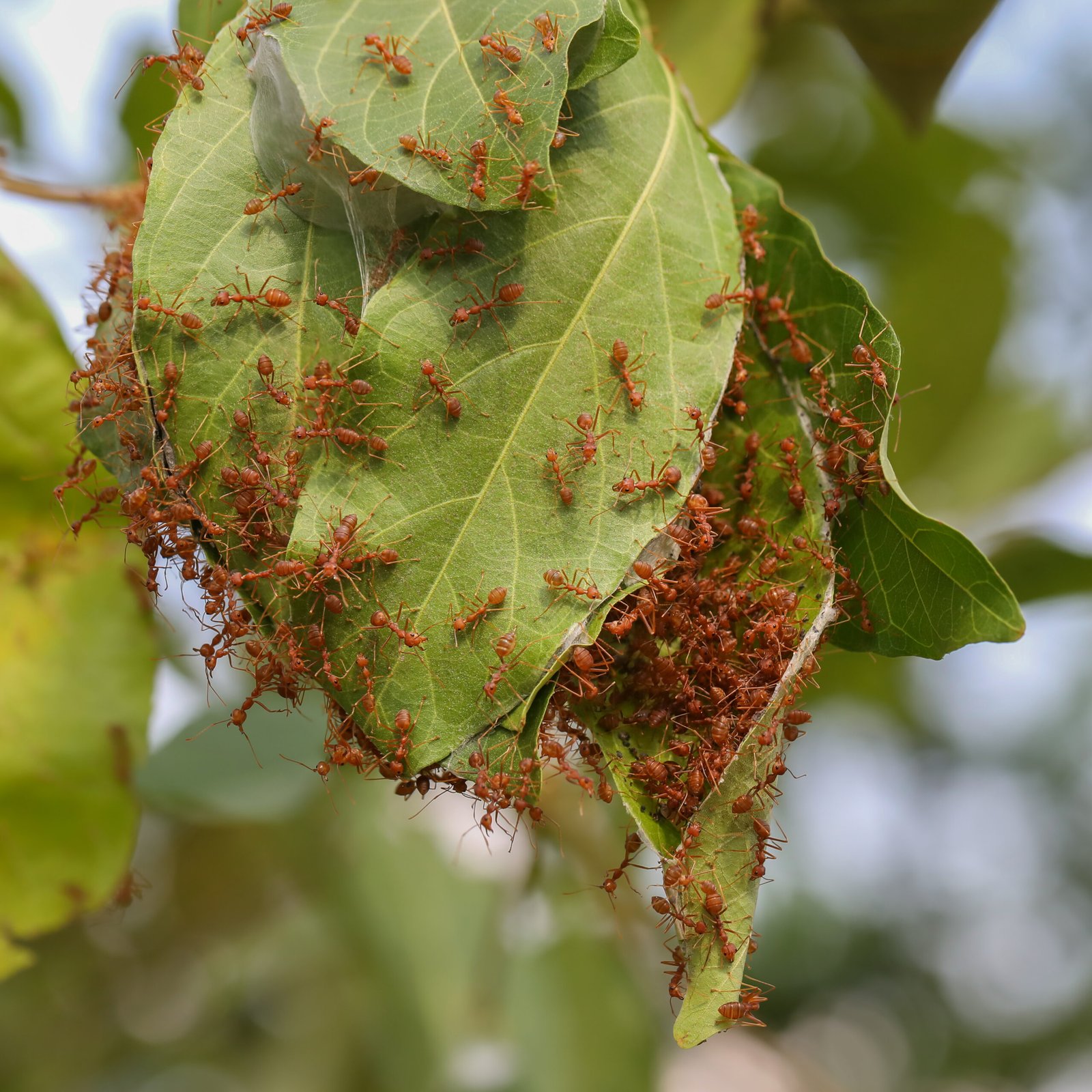
When a young ant colony stumbles upon an ant plant, it’s a match made in evolutionary heaven. Queen ants lay their eggs inside the domatia, and soon the chambers are bustling with workers. The ants waste no time setting up shop—they create nurseries, store food, and patrol their new fortress. This isn’t just a temporary lease; ant colonies often inhabit the same plant for years, forming a stable and enduring partnership. In many tropical forests, the presence of ants is so crucial to the plant’s survival that the two are rarely found apart.
Nature’s Trade: Protection in Exchange for Shelter
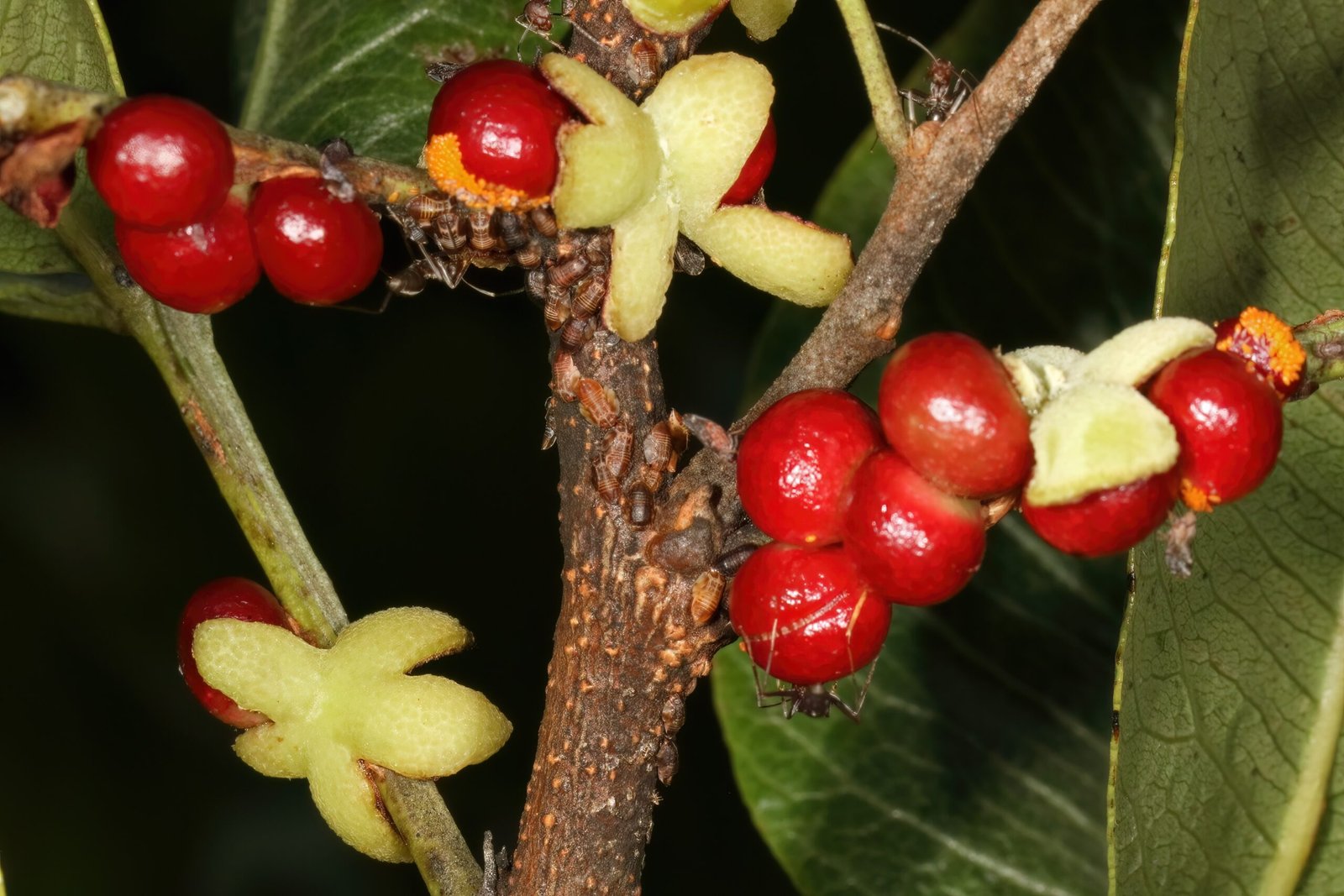
The mutualism between ant plants and their ant inhabitants is a classic example of biological teamwork. The plant offers a safe refuge, and the ants act as vigilant bodyguards. Ever watchful, the ants defend their home against hungry herbivores and invasive insects. If a caterpillar dares to nibble on a leaf or stem, the ants swarm out, delivering painful bites and chemical sprays that drive the attacker away. This relentless defense means the plant can grow and reproduce with far less risk—an evolutionary advantage that’s hard to overstate.
Ants as Fertilizers: Feeding the Plant from Within
Protection isn’t the only service ants provide. As they go about their daily lives, ants bring in food, lay eggs, and leave behind waste—all inside the plant’s chambers. This “ant refuse” is a goldmine of nutrients, especially nitrogen, which is often scarce in rainforest soils. Some ant plants have evolved spongy tissues or specialized glands that absorb these nutrients directly from the chamber walls. It’s a natural fertilizer system that keeps the plant healthy and thriving, all thanks to its tiny tenants.
Famous Examples: The Ant Acacia and Beyond
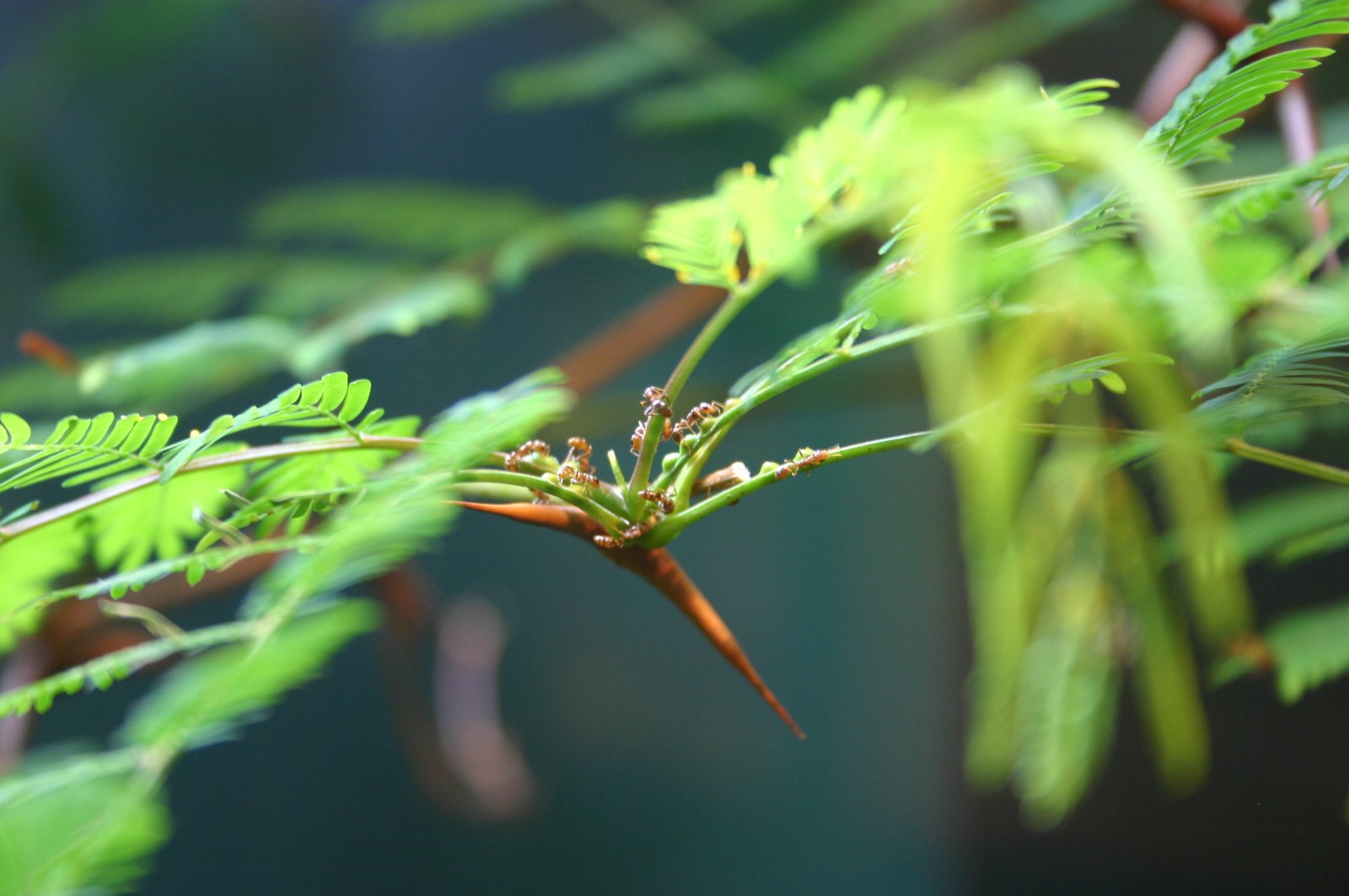
Perhaps the most famous ant plant is the acacia, found in Central and South America and Africa. Its swollen thorns and nectar glands attract aggressive Pseudomyrmex ants, which defend the tree from everything—including large herbivores like giraffes. Other remarkable examples include the Myrmecodia and Hydnophytum of Southeast Asia and Australia, which look like odd, swollen tubers perched on tree branches. Dischidia plants from Asia develop bizarre, leaf-like pouches filled with roots and ants, turning each plant into a living, breathing ecosystem.
Evolutionary Arms Race: Perfecting Mutualism
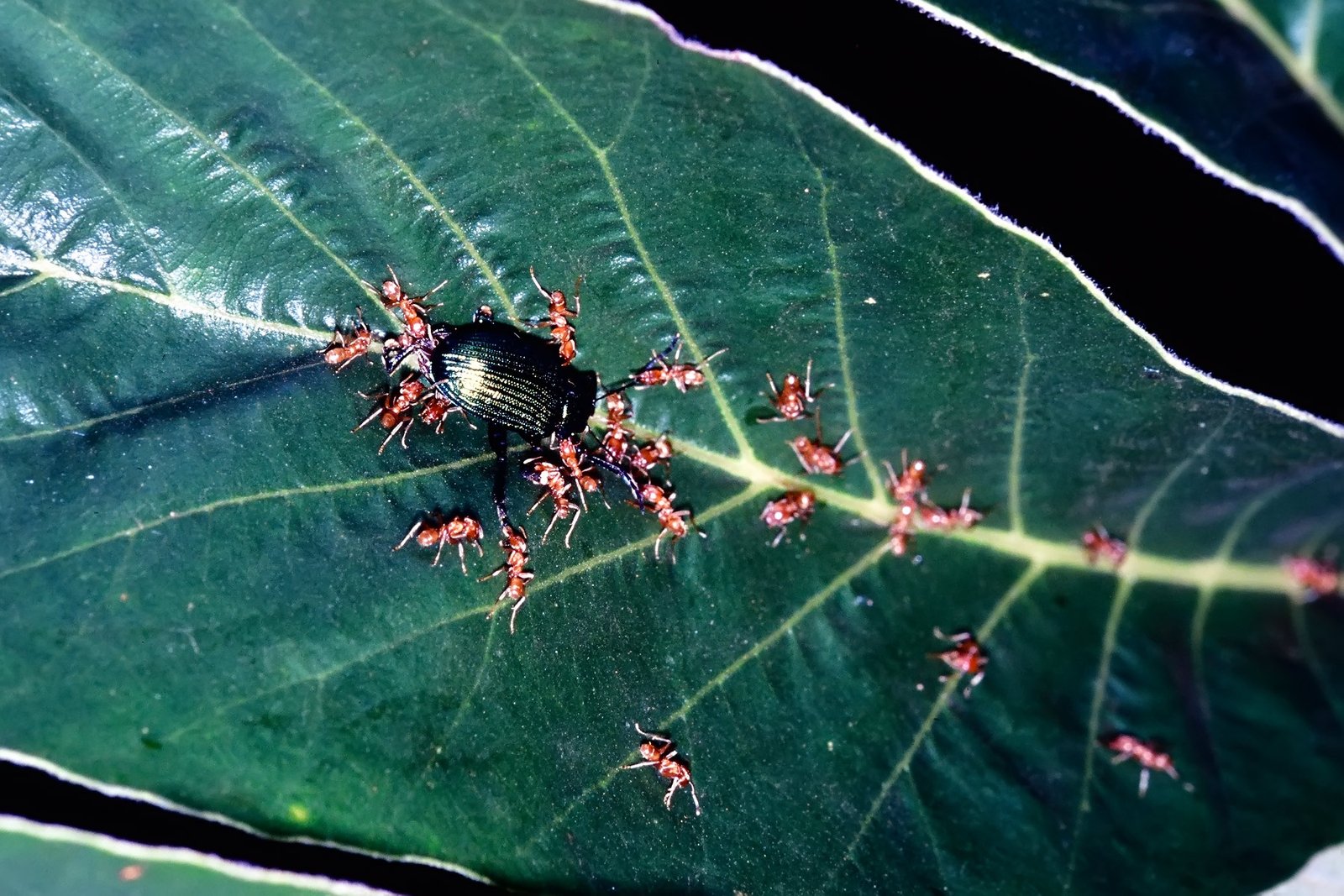
The relationship between ants and myrmecophytes didn’t happen overnight. It’s the result of millions of years of co-evolution—an arms race where each partner developed new tricks and adaptations. Plants with better shelters attracted more ants, while ants that offered greater protection or more efficient fertilizing were favored by the plants. Over time, this back-and-forth has led to some of the most specialized and intricate partnerships in the natural world. The result? Plants and ants that can’t live without each other.
Ant Plant Diversity: Not Just Rainforest Oddities
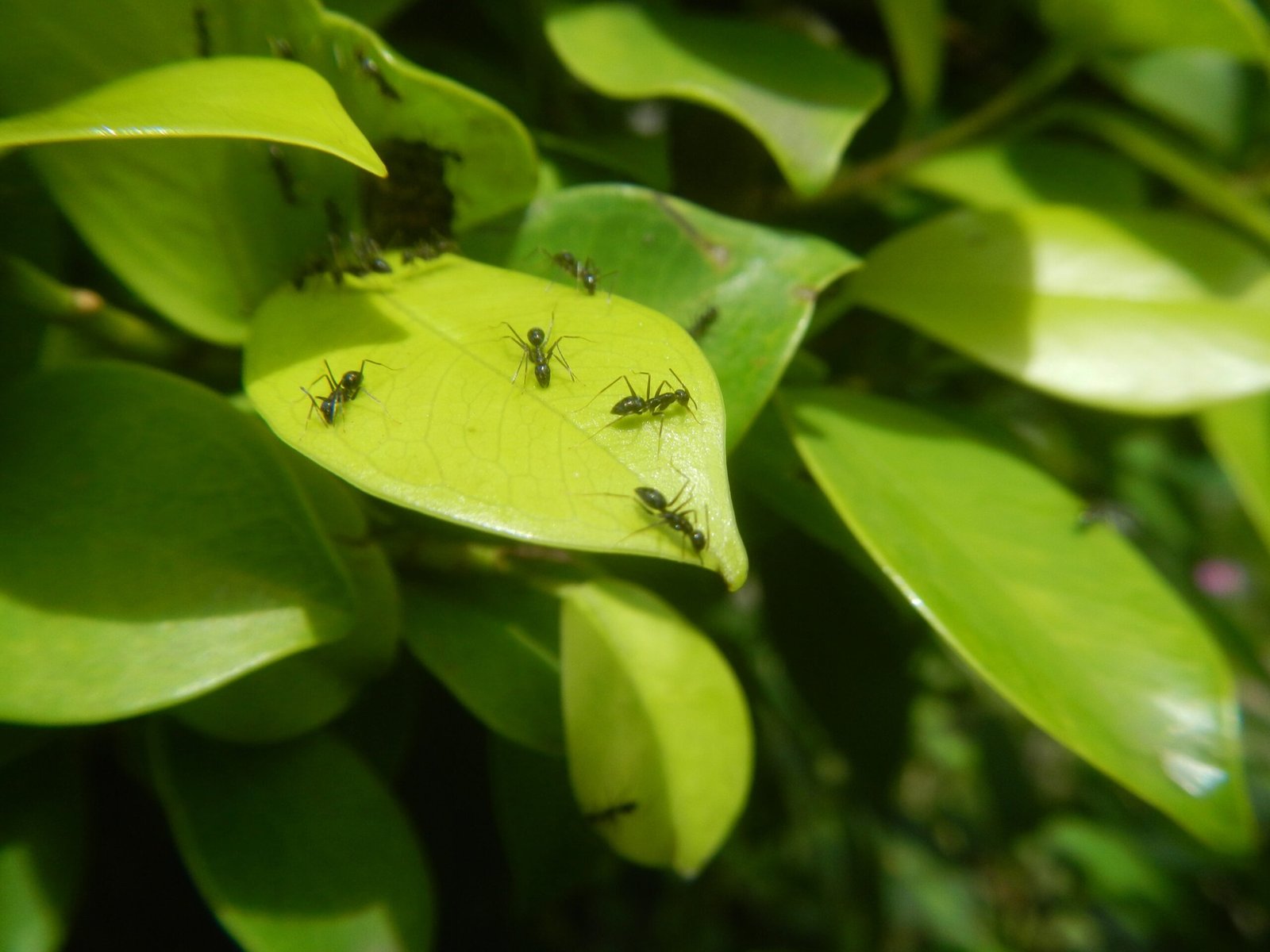
While many ant plants are found in steamy rainforests, their diversity is astounding. They exist in dry savannas, high mountain forests, and even in cultivated gardens. Some are massive trees; others are tiny herbs or epiphytes clinging to branches. Each type of ant plant has its own way of attracting and housing ants, from sticky nectar to hollow thorns and elaborate root systems. This diversity shows just how successful and adaptable ant-plant mutualism can be.
The Science Behind the Scenes: Researching the Hidden World

Scientists have been fascinated by ant plants for centuries, but new discoveries keep emerging. Modern techniques like micro-CT scanning, isotope tracking, and DNA analysis are revealing just how complex these relationships truly are. For example, researchers have found that some plants can “choose” which ants to house, favoring those with the best defense or fertilizing habits. Others have shown how the shape and chemistry of domatia can influence which ant species move in. Every finding underscores the astonishing sophistication of this ancient alliance.
Lessons from Mutualism: What Ant Plants Teach Us
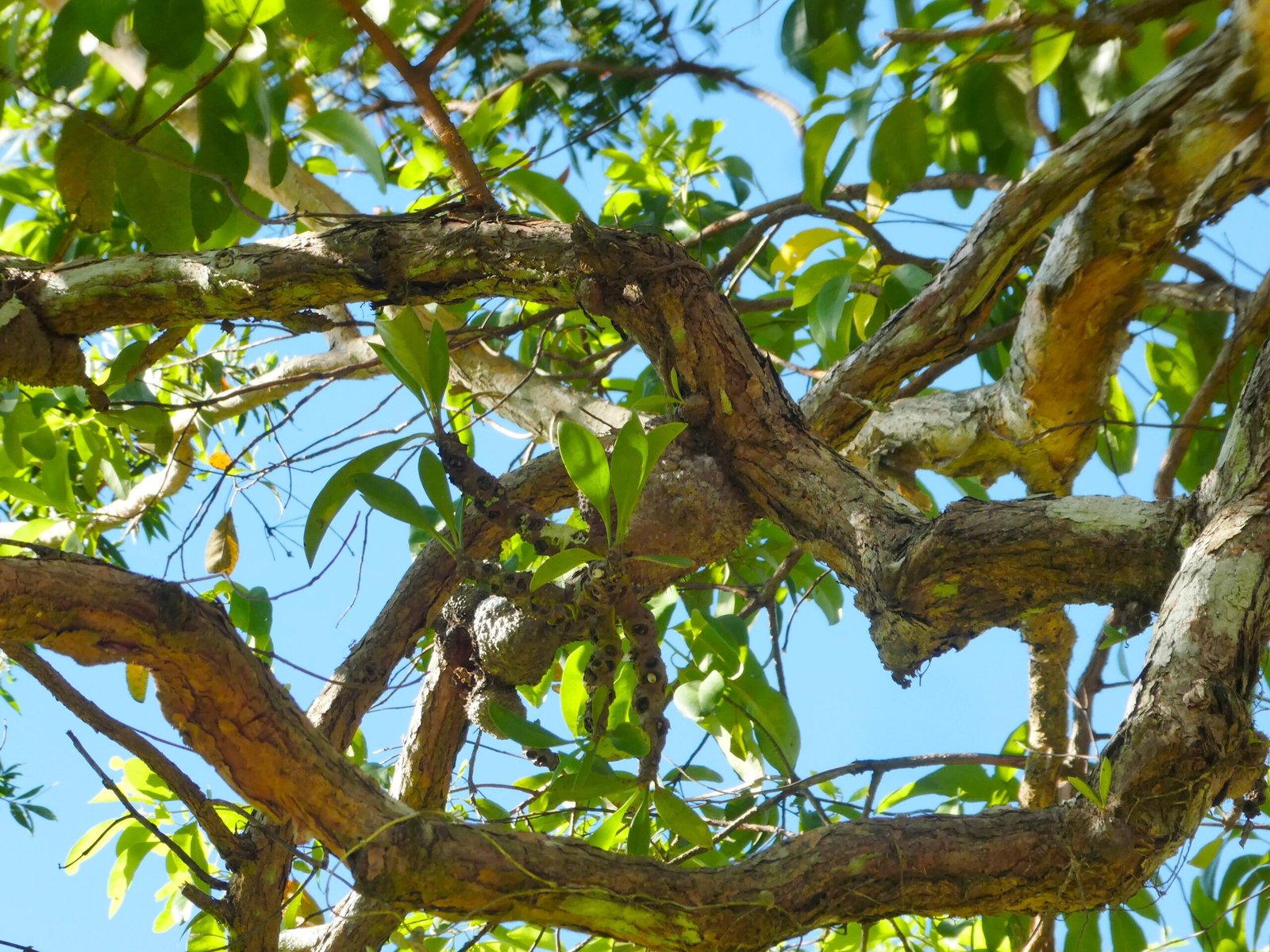
The partnership between ant plants and ants is more than a scientific curiosity; it’s a lesson in cooperation, adaptation, and survival. In a world where competition often grabs the spotlight, these relationships remind us that collaboration can be just as powerful. Ant plants and their inhabitants show how life finds creative solutions to challenges, building bridges—sometimes literally—between very different forms of life. Their story is an inspiring example of how working together can open doors to new possibilities, even in the heart of the wild.
Reflections from the Hidden World of Ant Plants
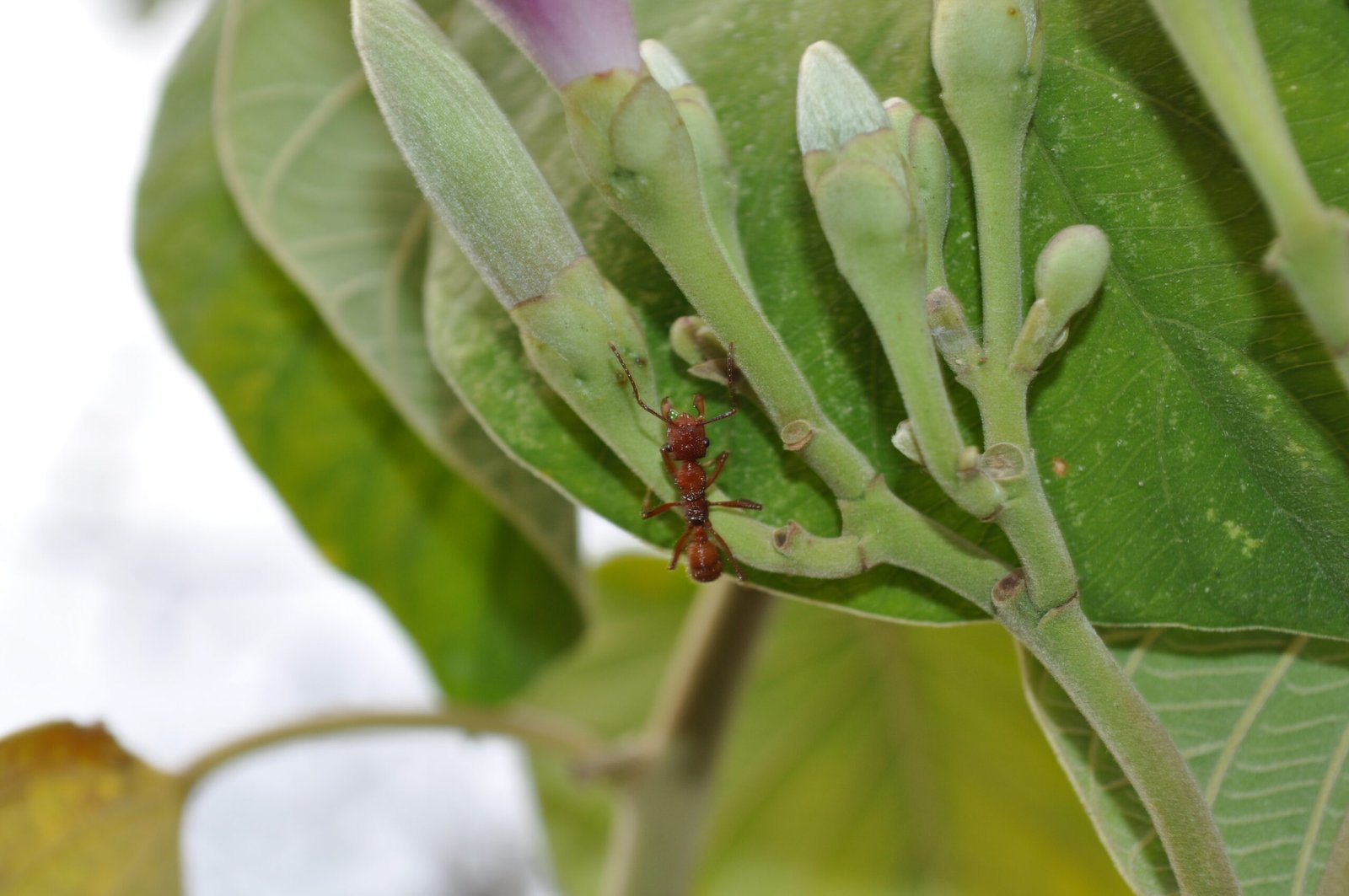
Peering into the hollow stems of ant plants, we glimpse a universe where cooperation trumps conflict and life flourishes in unexpected ways. These living partnerships are a testament to nature’s inventiveness and adaptability, offering hope and inspiration to anyone who looks closely enough. In a world that often feels divided, the mutualism inside an ant plant’s stem is a gentle reminder that sometimes, the best way to grow is together. What other incredible alliances might still be hidden, waiting to be discovered?

